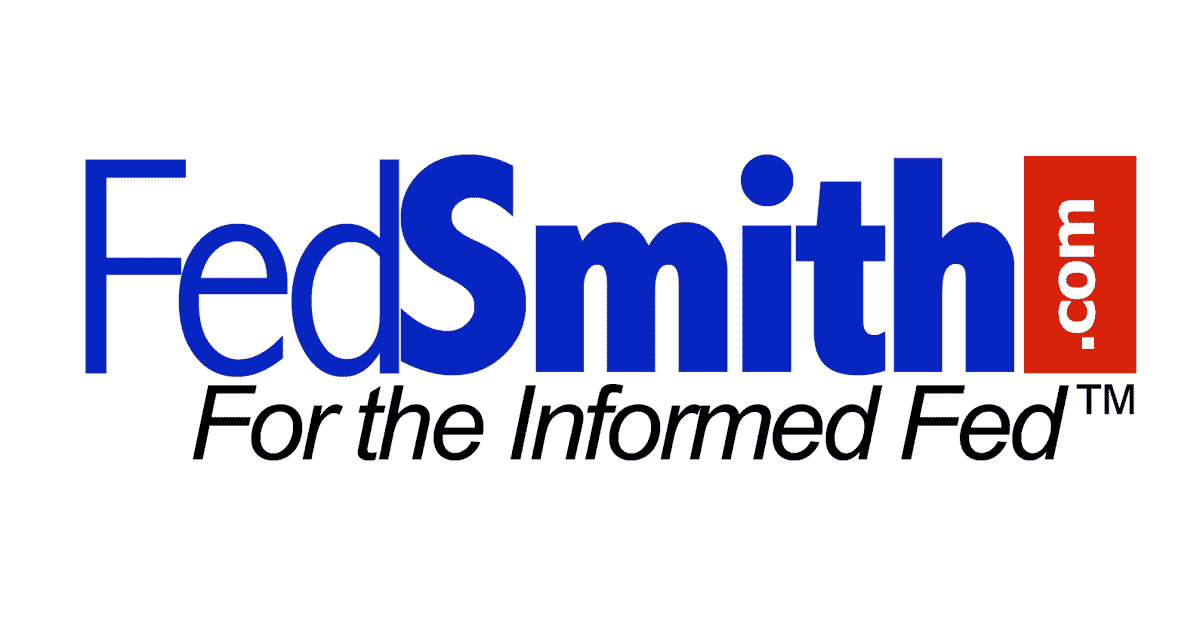Update: The House Oversight Committee advanced the legislation after a vote in the Wednesday markup session.
Cuts to federal employees’ benefits are being pitched in budget legislation scheduled to be marked up in the House of Representatives this week.
House Committee on Oversight and Government Reform Chairman James Comer (R-KY) announced that the Committee will mark up budget legislation on Wednesday, April 30 at 10:00 AM ET as part of the Trump administration’s plan to reduce federal spending to combat the growing debt which currently stands at about $36 trillion.
Items Under Consideration
The items to be considered would have significant ramifications for federal employees. Comer announced the following are on the table as part of the markup session:
Raising Federal Employees Retirement System (FERS) Contribution Requirements
This would raise the FERS retirement contribution rate for many existing federal civilian employees and postal employees up to the new rate of 4.4% of their salary. This reform is expected to create a $30.716 billion revenue increase for deficit reduction.
Eliminate the FERS Annuity Supplement
This reform would apply to new federal retirees and would eliminate the additional retirement annuity payment that those eligible to retire before the age of 62 currently receive until they reach the age of Social Security retirement eligibility benefits. Federal employees in occupations subject to mandatory early separation (i.e. retirement) would be exempt. It is estimated that this reform would provide $10.113 billion in savings.
Switch to High-5 Average Salary for Pension Calculations
This reform would switch from the existing high-3 years of salary to high-5 for the purposes of calculating pensions under FERS and CSRS. It is estimated that this reform would amount to $4.750 billion in savings.
The high-3 average pay is the highest average basic pay earned during any three consecutive years of service, usually the final three. The FERS basic annuity is computed based on length of service and this high-3 average salary, but this proposal changes the high-3 calculation to one based on the highest five years of average basic pay for calculating the annuity payments. The change would, in effect, reduce the retirement annuity payments for most federal employees.
Option for New Hires to Elect At-Will Employment and Lower FERS Contributions
This proposal would give newly hired federal employees the option to elect to serve as at-will employees in exchange for higher take home pay with a lower FERS contribution rate. Federal employees who opt to retain civil service protections would face higher retirement contributions, creating a financial penalty for job security. It is estimated this change would result in $4.541 billion in net savings.
Filing Fee for MSPB Claims and Appeals
To reduce frivolous employee appeals to the Merit Systems Protection Board (MSPB) regarding agency disciplinary adverse actions, this reform would charge a modest fee for MSPB filings that would be refunded to federal employees who win their appeals. It is estimated this would create a $2 million revenue increase for deficit reduction.
FEHB Protection
This proposal would require a comprehensive audit of employee dependents currently enrolled in Federal Employees Health Benefits (FEHB) plans, such as verifying marriage certificates and birth certificates, and require any ineligible individual found to be receiving FEHB coverage to be disenrolled. It is estimated this would result in $1.5 billion in net savings.
Comer said in a statement:
The House Oversight Committee is taking a critical step to advance President Trump’s America First agenda and ensure taxpayer dollars are used effectively, efficiently, and responsibly. The Committee will consider legislation that delivers a substantial win for fiscal responsibility, achieving a reduction in the federal deficit of over $50 billion dollars. Congressional Republicans, alongside President Trump, are taking bold action to safeguard taxpayer dollars and secure America’s financial future—delivering on our promise to hard working American taxpayers.
Other Possible 2025 Budget Changes
Other changes that would impact federal employees are being discussed as part of the 2025 budget process. These include changing the FEHB to a voucher system, eliminating automatic pay raises, and eliminating FEHB benefits for new hires after retirement.
As deliberations on the proposed budget reforms unfold, federal employees could see significant changes to their benefits and retirement structures. The measures under consideration aim to address the mounting national debt, with projected savings exceeding $50 billion.
While proponents argue these reforms are critical for fiscal responsibility and the long-term financial health of the country, many federal workers and advocacy groups express concerns about the potential impact on employee morale, recruitment, and retention. NARFE National President William Shackelford, for instance, said with regard to the budget proposal:
At a time when the current administration is conducting massive and indiscriminate reductions in force and attempting to eliminate – or at least greatly erode – the merit-based civil service system, cuts to federal benefits would pile onto an already beleaguered and under-assault workforce, further undermining the appeal of public service on behalf of this nation.
Keep in mind that all of these are just proposals right now and are not currently in effect. They may never become law, or if any of them do, they may end up being changed along the way as the bills work through the legislative process.
The outcome of Wednesday’s markup session could set the stage for significant changes to federal employees’ benefits. As the budget process unfolds, the final legislation will determine if or how these proposals become reality. FedSmith will continue to provide any updates as they become available.




